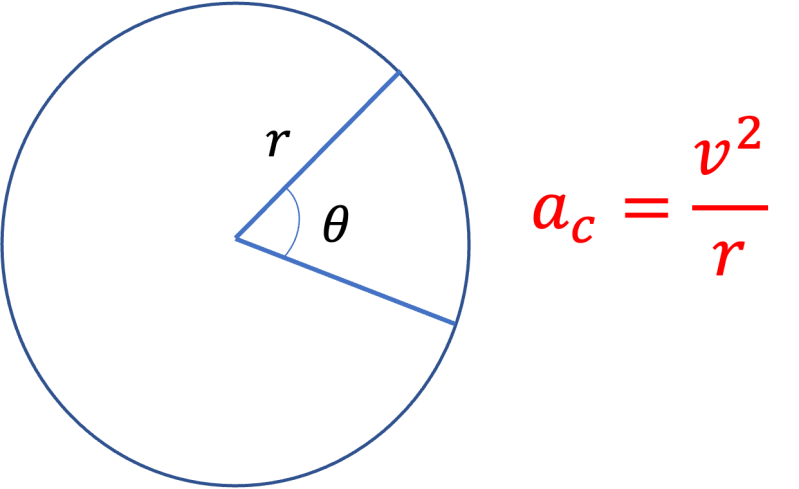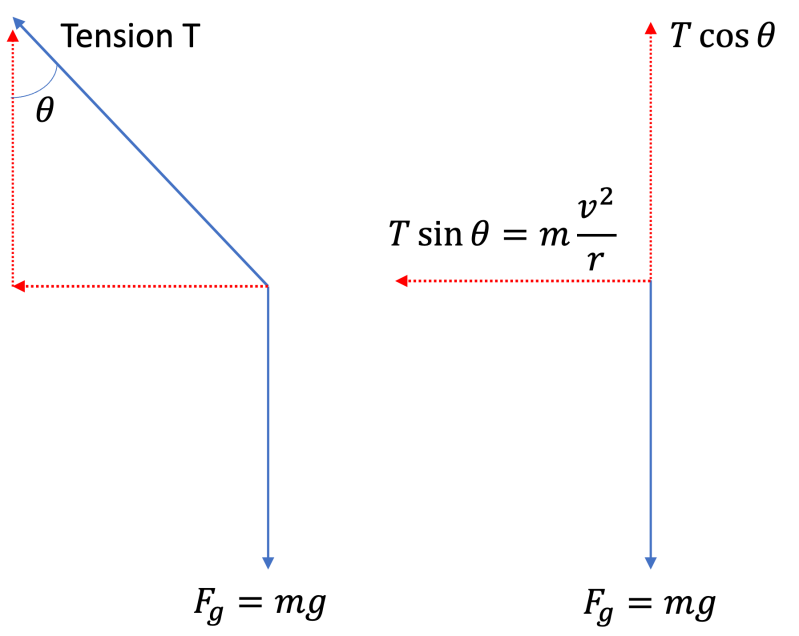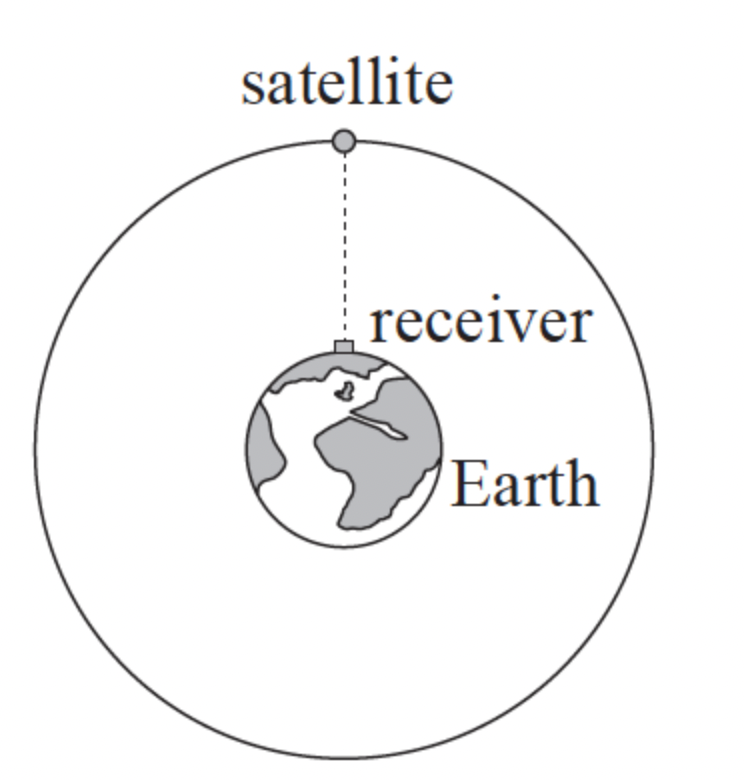Circular Motion
Circular Motion Understanding
- Period, frequency
- angular displacement
- angular velocity
-
Centripetal force
-
Centripetal acceleration

Centripetal Force
A centripetal force is a net force that acts on an object to keep it moving along a circular path. In another word, centripetal force is supplied or provided by some other forces.
- Centripetal force is equal to net force and always points to the center of its circular path
-
In circular motion, (tangential) speed is perpendicular to its radius (acceleration) and centripetal force.

Tangible velocity is the linear component of the speed of any object perpendicular to its radius (acceleration), so when things lose their centripetal force, they will travel in the direction of their tangential velocity.
In uniform circular motion, tangential speed is constant while (angular) velocity and (angular) acceleration are changing.
- The magnitude of velocity remains constant, but its direction constantly changes.
- For uniform circular motion, tangible velocity has an acceleration of zero, and the equation of centripetal acceleration is derived below by geometry.


The angle (theta) between radius is known as angular displacement.
- Angular velocity = (Angular displacement)/(Change in time)
- Tangible velocity = (Radius)(Angular velocity)

Plugin the equation of tangible velocity = (Radius)(Angular velocity), we can express centripetal acceleration and force in terms of radius and angular velocity.

Different Models
Tension Force Provides Centripetal Force
A few problem types are frequently tested in circular motion and gravitation examinations: tension, friction, and gravitation. The first type of problems is tension provides centripetal force, including horizontal rolling, vertical rolling, and rolling at an angle.

Vertical Rolling by Tension
For vertical rolling, you need to know
-
Tension is greatest at the bottom because: Tension = Centripetal force + Weight
- Tension is minimum at the top because: Tension = Centripetal force - Weight
- Tension is equivalent half way up because: Tension = Weight

Horizontal Rolling by Tension
For a horizontal rolling, you need to know
- Horizontal component of tension = Centripetal Force
- One common misconception: The string can never be perfectly horizontal since a vertical force is needed to balance out gravitational force

Tension by A String (Rolling at an angle)
For rolling at an angle, you need to know
- how to sketch the free body diagram
- Centripetal force = horizontal component of the tension by string
- Weight of the mass = vertical component of the string (they must be balanced)

Friction Force Provides Centripetal Force


Gravitational Attraction Force Provides Centripetal Force

The last type of problem is gravitational force provides the centripetal force. If you haven't learned about gravitation, look at the next page.
- Express centripetal force in terms of gravitation (shown below)

A Challenging Question
- Explain your observation of the video of roller coasters in term of physical parameters (what we have learned about mechanics), especially about circular motion.
- Write an equation that represents the required initial velocity for a coaster roller
- In topic 3, we have studies waves and simple harmonic motion, and in this topic, we have studies circular motion. These two topic are closely related to each through and can be explained through mathematical modelings.
Check Your Understanding
Circular Motion Quiz 1 - Easy (Multiple Choice Questions)
- Total Mark: 8 points
- Total Time: 12 minutes with no calculator
Circular Motion Quiz 2 - Multiple Choice Questions
- Total Mark: 4 points
- Total Time: 6 minutes with no calculator